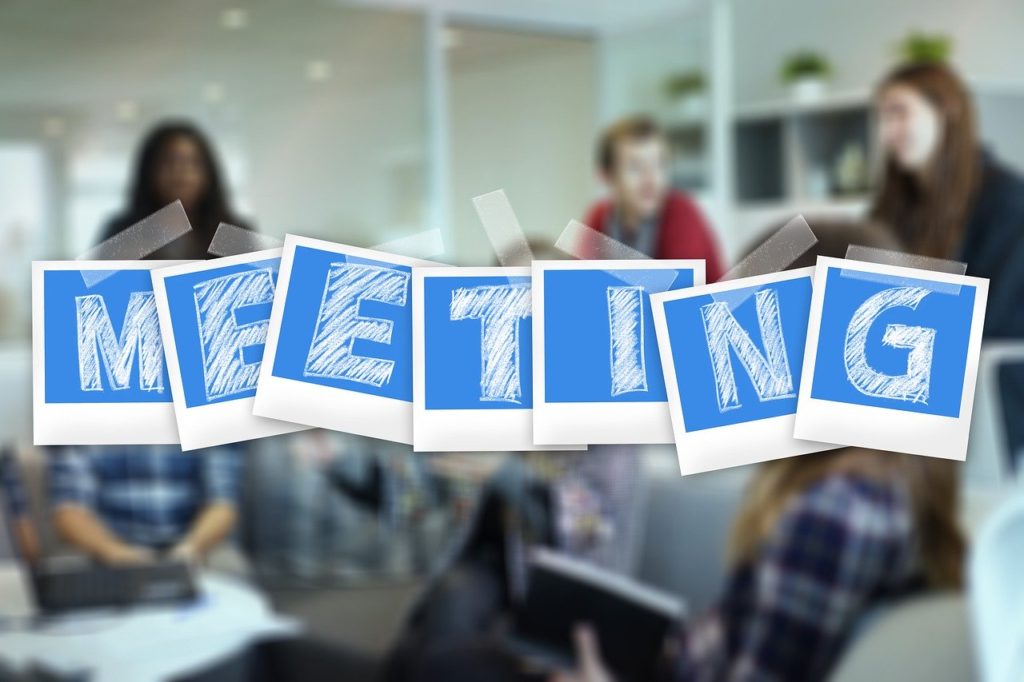From “The Office” drama and Dilbert cartoon strips, we take every opportunity to poke fun at office meetings, be it formal or informal, traditional, agile, in-person or virtual. Why do we perceive meetings as negative, as painful, and torturous? Why do we sometimes feel so overwhelmed by a series of meetings that someone stole all our time? It keeps on happening, and they keep on stealing your precious productive time day after day, minute by minute – every workday.

Do you leave most meetings thinking: “Damn, that’s an hour of my life I’ll never get back.”
That voice in your head shouting and screaming – “Guys, can we please get back to the task at hand?” is real. We’ve all heard this voice, yet no one ever talks about it. It is quite common to hear “No time to breathe”, “Trying to stay afloat”, or “Cannot get my head above water”.
Doesn’t it feel silly to just sit and waste time in a meeting that could’ve been wrapped up much, much sooner?
Say NO to hour-long meetings; these are another unproductive work habit. Those perfect-looking hour-long rectangle on our calendars looks so tidy and tempting, yet if you follow a clear agenda and action plan, many decisions can be made in less than 30 minutes. So please protect your and everyone else’s time by setting shorter meetings.
The story of an hour-long meeting
It starts late because not everyone turns up on time, and the initial attendees have to chit-chat. When all the attendees become available, the first few minutes are about exchanging pleasantries. Halfway through the meeting, on at least two occasions, someone goes on a long monologue or a tangent that everyone else zones out. The last few minutes of hour-long meetings are usually rapid-round sessions crammed with everything people realised they hadn’t said yet, which usually mandates another hour-long meeting. Nonetheless, the last 5-10 minutes of the meeting are often some of the most productive.

Are meetings a waste of time?
By no means am I suggesting that meetings are meaningless, but a clear agenda is required? When it comes to business sessions, meetings serve three core purposes:
- Inform, provide an update, and bring people up to speed.
- Seek input from people to answer a question or develop a plan.
- Ask for approval.
Parkinson’s law and a 30-minute meeting
Parkinson’s law states – “Work (or meeting) expand to fill the time available for its completion”. Corollary to the rule states, “Work contracts to fit in the time we give it”
That said when people are aware of a time constraint, they carefully and thoughtfully plan. Most are also less likely to reschedule or arrive late because a shorter meeting is less of a commitment. With half the time available, attendees become hyper-aware of time and hyper-focused focused on action items. Attendees listen better and tend to be more alert as agenda items move faster. It improves overall engagement and focuses as a single distracted moment may leave them behind.
The secret of shorter meetings
Most ideas below are common sense, yet it is far from common practice. So here are some ideas and suggestions to help you get started.
Prepare Well
Distribute vital packs/presentations before the meeting to allow attendees to familiarise themselves with the relevant materials. The meeting plan should ideally include a clear bulleted point objective, agenda, informative points, questions, concerns, and a list of decisions to be made.
Clear Purpose
Attendees should be made clear about what it is supposed to accomplish. A clear sense of direction energises a group and keeps it focused. Little or no time is wasted pursuing work that isn’t relevant.
Keep it small
The larger is the crowd unproductive it becomes. The success of the meeting depends significantly on the number of attendees, keep the number under six people. It also avoids wasting the time of those who shouldn’t be there. Only people who can contribute should be prioritised & invited.
Keep an eye on the time
Keep a constant eye on the clock and take note of the meeting segments. Meetings usually tend to exceed their projected time, so plan for 85% of the time.
Stay action-oriented
The beauty of short meetings is that they are action-oriented by nature. It’s necessary to keep this intention in mind when allocating time. Don’t expect perfect decisions. Instead, make sure they are made. Let go of time drains such as presentations, pleasantries and diversions.
Reflect & assess
Even in a shorter meeting, it is vital to reflect, and always reserve the last five minutes for a dialogue about moving forward. The discussion should include a quick summary, impending next steps, and guidelines for measuring success.
Idea parking lot
Write down ideas, comments, and concerns that don’t fit the discussed topic. It’s an excellent tool because it captures potentially important views and keeps the meeting focused and on track.
Ground rules
Set ground rules & practices to live by in meetings, for instance – start & finish on time, stay focused and stick to the agenda, and meetings with clear agenda.
Make a shorter 30-40-minute meeting a company priority – it will help teams better prepare for the next meeting, prioritise topics, and select attendees more carefully. You and your company will get back 50% of your precious time. Enjoy!
